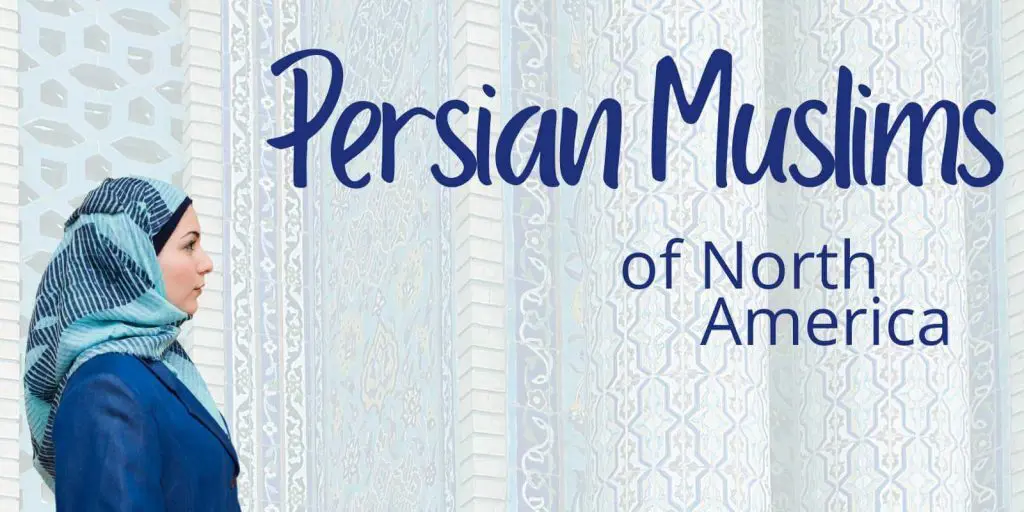Persian Muslims of North America
Some have claimed that Persians have the fastest growing church in the world right now. This growth may not necessarily be reflected among Persian Muslims in North America, though. And that growing church could certainly use our prayer as well! Persians represent the second largest population of unreached peoples on our UPG Priority Matrix. There are populations of over 100,000 in Los Angeles (Tehrangeles) and Toronto (Tehranto). Even with significant church growth in Iran, there are still hundreds of thousands who have yet to hear the gospel in North America.
Persian Muslims are Unique Among Muslims
Persian Muslims are an interesting and diverse group in and of themselves. There are some among them who are very devout Shia Muslims, who take the task of ridding themselves of sin very seriously. More often, though, especially among Persian Muslims who left during the Iranian Revolution (and their children), they are akin to Christmas and Easter Christians who only practice religion on holidays. This means they might culturally identify as Muslim, and they’ll probably do some of the very basic things. They might not eat pork. They’ll celebrate Nowruz (Persian New Year) and might casually observe Ramadan.
The Revolution that Changed Everything
Persians have an ancient culture that hasn’t always been Muslim. And for many, they feel like they saw an extreme Islam hijack their ancient and unique culture during the Islamic Revolution of 1979. This often means that Persian Muslims who find hope in Jesus feel less like they’re leaving their culture behind by leaving Islam. Many also got a bad taste in their mouths for Islam (and religion in general) from the Revolution. That taste leads some to Jesus and others to apathy and atheism.
Persian Muslims Have Hope
As a result of all of this, Persian Muslims are among the lowest on the list on our UPG Priority Matrix. This is a wonderful thing! If the Persian church continues to grow, they may not be on our list at all. Persian Muslims have significant populations in 16 metro areas of North America. Only one of those (Riverside) is unlikely to have at least one relevant Persian-speaking church. Let’s join together in prayer that Persians may eventually be deleted from this list altogether. This would mean that there are enough Persian Muslim background Christians and churches that we believe they could reach their own people. They would no longer need cross-cultural missionaries.
As we all probably know, simply having churches and Christians does not mean all of the problems are solved. Persian churches need unity with each other and with the broader body of Christ. For many new believers, fear controls their witness. For some who’ve followed Christ for many years, they struggle to share Jesus with sensitivity to their Muslim brothers and sisters. We should remember that even if Persian Muslims are coming to Christ in huge numbers, we as the church need to be praying for them and supporting them as they navigate a new life in Jesus.





